Flavor Innovation
Flavor innovation is a critical driver in the Non-alcoholic Concentrated Syrup Market. As consumer preferences evolve, there is a growing demand for unique and exotic flavors that can enhance beverage experiences. Manufacturers are increasingly experimenting with novel flavor combinations and natural extracts to cater to adventurous palates. This trend is supported by Market Research Future indicating that consumers are more inclined to try new flavors, particularly those that offer a sensory experience. The introduction of limited-edition flavors and seasonal offerings can create excitement and drive sales within the Non-alcoholic Concentrated Syrup Market. As competition intensifies, companies that prioritize flavor innovation are likely to differentiate themselves and capture a larger share of the market.
Health-Conscious Choices
The increasing consumer inclination towards health-conscious choices is a pivotal driver for the Non-alcoholic Concentrated Syrup Market. As individuals become more aware of the health implications of their dietary choices, there is a marked shift towards beverages that offer lower sugar content and natural ingredients. This trend is reflected in the rising demand for syrups that utilize organic and non-GMO components. According to recent data, the market for health-oriented beverages is projected to grow at a compound annual growth rate of approximately 6% over the next five years. This growth is likely to bolster the Non-alcoholic Concentrated Syrup Market, as manufacturers adapt their product lines to meet the evolving preferences of health-conscious consumers.
Homemade Beverage Trends
The trend towards homemade beverages is gaining traction, significantly influencing the Non-alcoholic Concentrated Syrup Market. Consumers are increasingly seeking ways to create personalized drinks at home, leading to a surge in demand for concentrated syrups that can be easily mixed with water or carbonated beverages. This trend is not only about customization but also about cost-effectiveness, as consumers find that making drinks at home can be more economical than purchasing ready-to-drink options. Market data indicates that the DIY beverage segment is expected to expand, with a notable increase in sales of concentrated syrups. This shift presents an opportunity for manufacturers to innovate and offer diverse flavors and formulations that cater to the growing interest in homemade beverage preparation.
Sustainability Initiatives
Sustainability initiatives are becoming increasingly relevant in the Non-alcoholic Concentrated Syrup Market. As consumers express a preference for environmentally friendly products, manufacturers are responding by adopting sustainable sourcing practices and eco-friendly packaging solutions. This shift is indicative of a broader movement towards sustainability in the food and beverage sector. Recent statistics suggest that brands that prioritize sustainability are likely to capture a larger market share, as consumers are willing to pay a premium for products that align with their values. The Non-alcoholic Concentrated Syrup Market stands to benefit from this trend, as companies that implement sustainable practices may enhance their brand loyalty and attract environmentally conscious consumers.
Convenience and Accessibility
Convenience and accessibility are paramount in shaping the Non-alcoholic Concentrated Syrup Market. As lifestyles become busier, consumers are increasingly seeking products that offer ease of use and quick preparation. Concentrated syrups provide a convenient solution for creating flavorful beverages without the need for extensive preparation. This trend is particularly appealing to younger demographics who value convenience in their purchasing decisions. Market data suggests that products that emphasize ease of use are likely to see increased sales, as consumers gravitate towards options that fit seamlessly into their fast-paced lives. The Non-alcoholic Concentrated Syrup Market is poised to capitalize on this trend by offering user-friendly packaging and clear instructions for use, thereby enhancing the overall consumer experience.


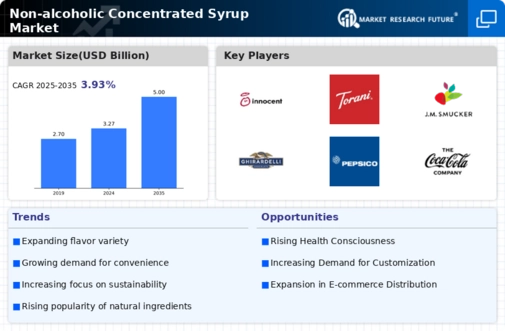
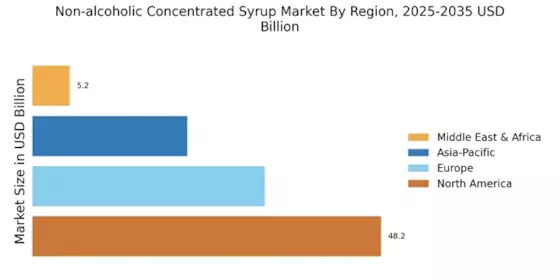
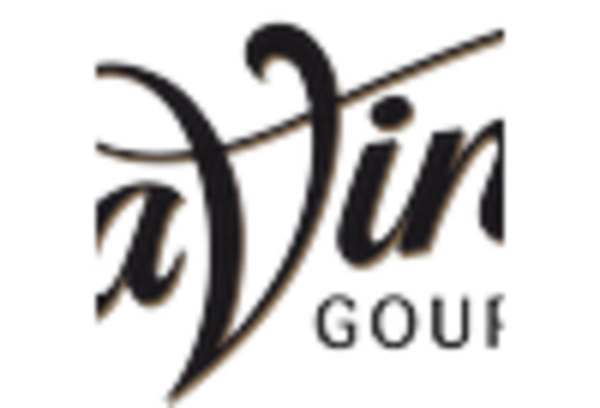
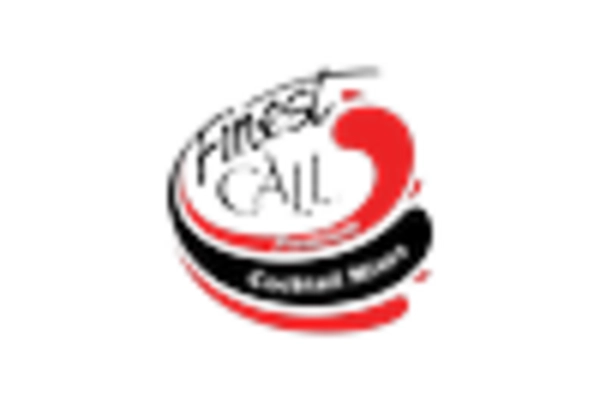
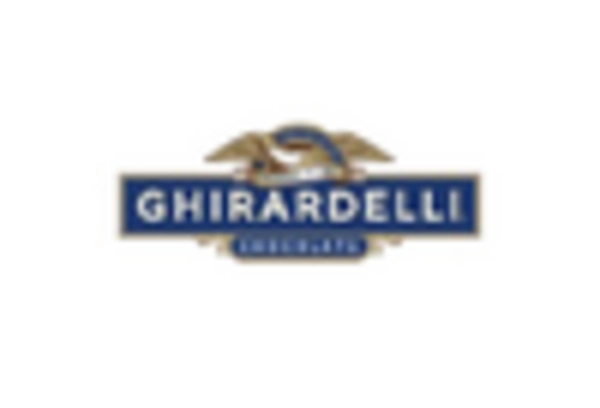
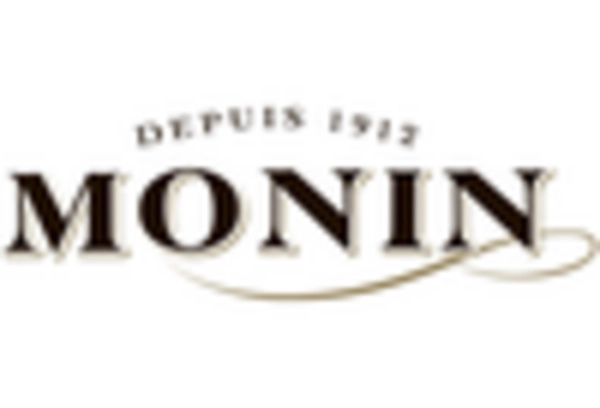
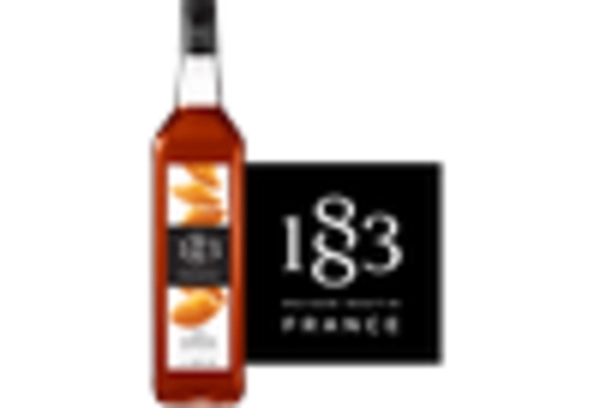
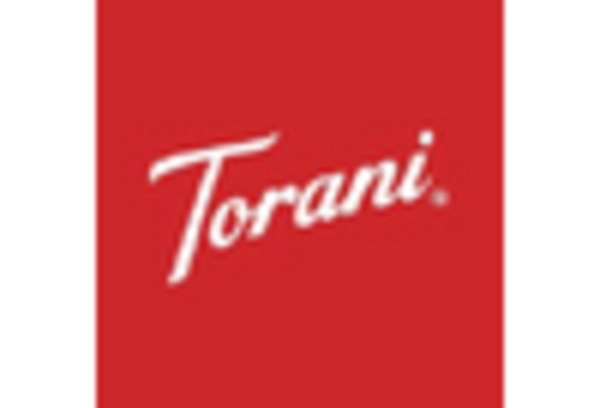








Leave a Comment